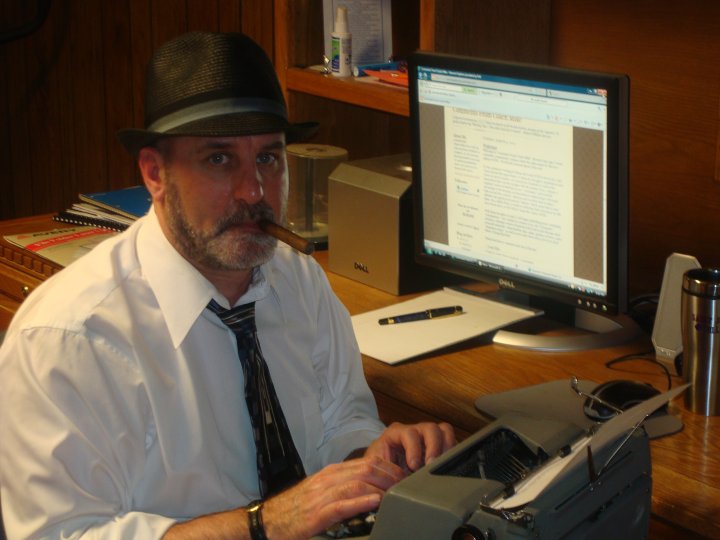"No one knows this yet, but one of us has just been traded to Kansas City."
~ Casey Stengel, on how he let Bob Cerv know he was traded.
The season has been over for 13 days now, and I think we have approximately 99 days prior to the opening of spring training camps. How do we fill the time? Well, let’s talk about a strange trade.
You never know how a trade will work out. General Mangers always hope they will get the better end of the deal, while hoping the other GM doesn’t notice. The perspective is, what does our team need and what can we give up without destroying another area. Not easy, but a fun part of the game. “They”, whoever “they” really are, say that it takes a couple seasons to truly evaluate who won the trade, while others say, the best trade is one were both sides win. Beauty is always in the eye of the beholder.
Harry Chiti was a was a 6’2”, 220lbs catcher who threw and batted right-handed. Harry was considered a competent receiver, who handled the knuckleball well. He made his major league debut at the age of 17 for the Chicago Cubs on September 27, 1950 and his last appearance in the majors was with the New York Mets on June 10, 1962. Harry played occasionally in 1951 and 52 before serving in the United States Army during the Korean War in ’53 and ’54. The 1955 season with the Cubs was his most productive season when he batted .231, hit 11 home runs with 41 RBIs in 113 games.
Harry bounced around after the 1956 season, first to the New York Yankees, then was a Rule 5 draft of the Kansas City Athletics in 1957. He was with the A’s, Detroit Tigers and Cleveland Indians during the 1958 to 1962 seasons.
Here’s where it gets interesting, on April 25, 1962, he was acquired by the expansion New York Mets for the ever popular “player to be named later” without ever having played in a game for the Indians. After 15 games for the Mets, compiling a batting average of .195, on June 15, 1962 Harry was sent back to the Indians as “the player named later”; he was the first MLB player traded for himself. Since this “trade”, three other players have been traded for themselves; Dickie Noles, Brad Gulden and John McDonald.
An evaluation of this trade is hard, since it was only 15-day experiment, but you’d have to say it was balanced. Harry was sent down to the minors and played two years in Triple-A ball. First with Jacksonville in the Indian’s organization and then Toronto of the Milwaukee Braves organization. He never made it back to the majors and retired in 1964.
We will re-visit some other trades in the coming weeks. Thanks, Joe, for pointing me in this direction.
~ Coach Mike
~ Casey Stengel, on how he let Bob Cerv know he was traded.
The season has been over for 13 days now, and I think we have approximately 99 days prior to the opening of spring training camps. How do we fill the time? Well, let’s talk about a strange trade.
You never know how a trade will work out. General Mangers always hope they will get the better end of the deal, while hoping the other GM doesn’t notice. The perspective is, what does our team need and what can we give up without destroying another area. Not easy, but a fun part of the game. “They”, whoever “they” really are, say that it takes a couple seasons to truly evaluate who won the trade, while others say, the best trade is one were both sides win. Beauty is always in the eye of the beholder.
Harry Chiti was a was a 6’2”, 220lbs catcher who threw and batted right-handed. Harry was considered a competent receiver, who handled the knuckleball well. He made his major league debut at the age of 17 for the Chicago Cubs on September 27, 1950 and his last appearance in the majors was with the New York Mets on June 10, 1962. Harry played occasionally in 1951 and 52 before serving in the United States Army during the Korean War in ’53 and ’54. The 1955 season with the Cubs was his most productive season when he batted .231, hit 11 home runs with 41 RBIs in 113 games.
Harry bounced around after the 1956 season, first to the New York Yankees, then was a Rule 5 draft of the Kansas City Athletics in 1957. He was with the A’s, Detroit Tigers and Cleveland Indians during the 1958 to 1962 seasons.
Here’s where it gets interesting, on April 25, 1962, he was acquired by the expansion New York Mets for the ever popular “player to be named later” without ever having played in a game for the Indians. After 15 games for the Mets, compiling a batting average of .195, on June 15, 1962 Harry was sent back to the Indians as “the player named later”; he was the first MLB player traded for himself. Since this “trade”, three other players have been traded for themselves; Dickie Noles, Brad Gulden and John McDonald.
An evaluation of this trade is hard, since it was only 15-day experiment, but you’d have to say it was balanced. Harry was sent down to the minors and played two years in Triple-A ball. First with Jacksonville in the Indian’s organization and then Toronto of the Milwaukee Braves organization. He never made it back to the majors and retired in 1964.
We will re-visit some other trades in the coming weeks. Thanks, Joe, for pointing me in this direction.
~ Coach Mike

 RSS Feed
RSS Feed
